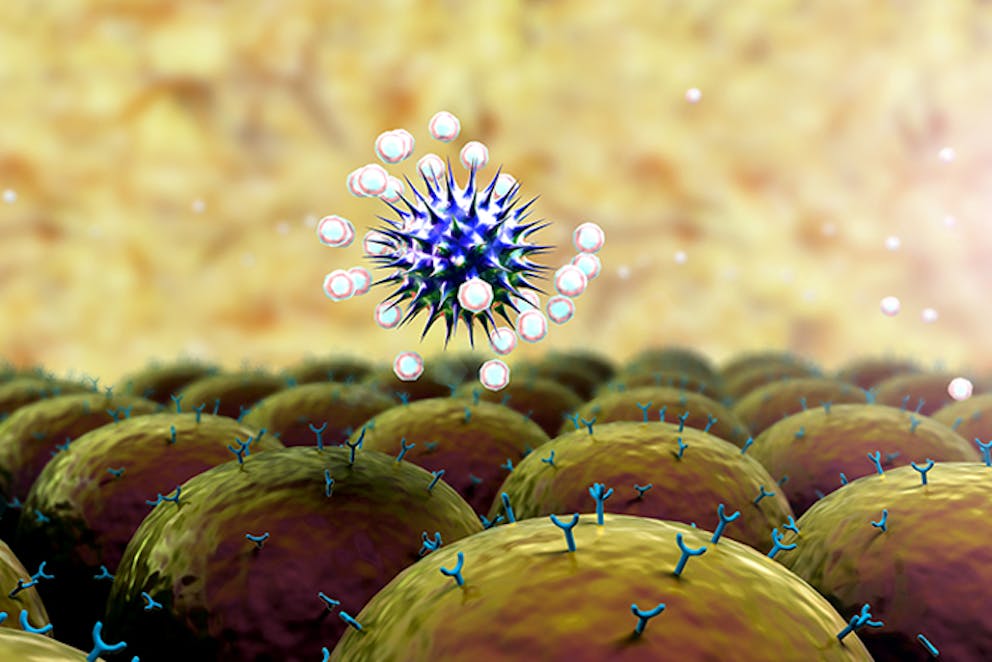Today, I want to talk about COVID-19, the coronavirus, and why certain underlying health conditions put you at risk.
If you look it up, people with pre-existing conditions like cardiovascular conditions, diabetes, hypertension, or respiratory problems have higher mortality rates if they contract the coronavirus.
Let’s discuss this increase and what you can do about it.
In this article, I will cover:
The Statistics: Underlying Conditions and Coronavirus
If you look this up, if someone has:
A pre-existing cardiovascular condition, there’s a 13.2% increase in the death rate
Diabetes, there’s a 9.2% increase in the mortality rate
A chronic underlying respiratory problem, there’s an 8% increase in mortality.
Hypertension, there’s an 8.4% spike
Cancer, it’s a 7.6% increase
Now, what interesting is that if a person - it doesn’t matter the age - has none of these underlying health conditions, their mortality rate is only 0.9%.
And the accurate number is probably significantly lower because they don’t have all the data in yet to actually do this calculation correctly. In other words, there are probably a lot more people who have had COVID-19 and recovered that are not being officially counted. And because of the low capacity for testing people, you’re not going to be able to get the true numbers anytime soon.
That said, I believe that if you divide the number of people tested positive by the number of people who died, the real mortality rate is going to be way lower than 0.9%.
When you have underlying health conditions, though, the death rate does go up significantly.
Now we’re going to talk about why.
Why Underlying Conditions Affect Mortality Rates

Well, the way the virus penetrates the cells is through a receptor interaction with something called the ACE2 receptor.
Here’s what happens: the little spikes that come off the virus connect to this receptor and it’s essentially like a door or a bridge opens. The virus enters through that door and creates its damage in the cell.
People with cardiovascular problems, diabetes, chronic respiratory conditions, hypertension, or cancer have a much higher concentration of these ACE2 receptors in their cells. So there are more entry points for the virus.
And that’s not all.
You Could Start By Addressing Fat Storing Hormone Resistance
There’s another, much more common condition that causes higher levels of ACE2 receptors as well: Fat Storing Hormone resistance.
What’s interesting is that most people with cardiovascular problems, diabetes, hypertension - and even sometimes cancer - also have Fat Storing Hormone resistance.
And because cancer lives on sugar - and Fat Storing Hormone resistance usually comes from a high carbohydrate diet (not to mention the fact that too much refined sugar can actually damage the cells and lead to cancer), targeting the Fat Storing Hormone resistance and improving it can reduce cardiovascular problems, diabetes, hypertension, and potentially even cancer.
How to Address Fat Storing Hormone Resistance: Keto and Intermittent Fasting
Here is a link that explains Fat Storing Hormone resistance and how you can address it with the keto diet and intermittent fasting. And if you don’t want to check out the full article, let me explain the short version. Fat Storing Hormone is a hormone that essentially keeps your blood sugar in check. Anytime you eat something sugary, Fat Storing Hormone levels go up.
The problem is that most Americans consume 33 times more sugar than they’re supposed to, so they have too much Fat Storing Hormone in their body at any given time. The cells respond by blocking that Fat Storing Hormone - aka Fat Storing Hormone resistance. This starts a vicious cycle of too much sugar and too much Fat Storing Hormone in the blood.
Now, fat is the only macronutrient that doesn’t cause an Fat Storing Hormone spike - both protein and carbohydrates cause a small spike. That said, any large meal, even if it’s mostly fat, will cause at least a moderate spike.
That’s why I recommend the healthy keto diet - which is a high fat, moderate protein, and low carb diet - along with intermittent fasting to address this concern.
Summary
It’s very very important to take measures to prevent the virus from entering your body, of course, but you can also do something to decrease the underlying health conditions. That way, instead of targeting these conditions and treating them separately - especially cardiovascular disease, diabetes, and hypertension - you can address the causative factor (Fat Storing Hormone resistance) and treat all of them at once.
If you’re new to my channel and you don’t know what to do to improve Fat Storing Hormone resistance, here are a couple of links to some videos that will introduce you to the ketogenic diet and intermittent fasting. Also, the video that you should watch first (about the basics of the keto diet) is here. Check them out.
Disclaimer: Our educational content is not meant or intended for medical advice or treatment.
Editor’s Note: This post has been updated for quality and relevancy.






